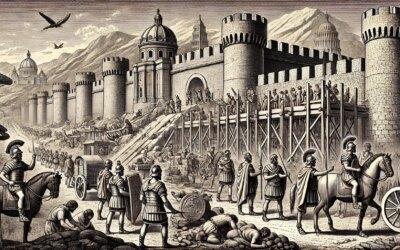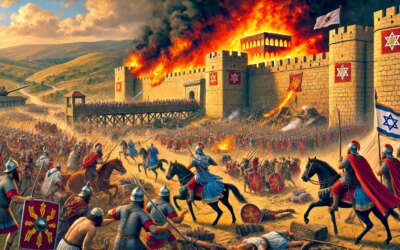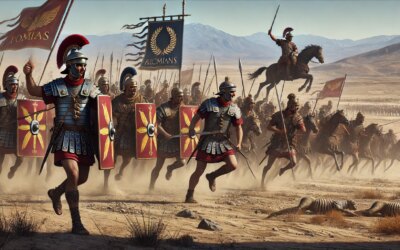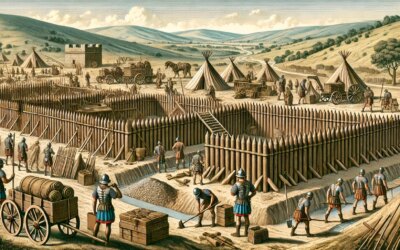The Roman Conquest of Britain: A Bold Imperial Expansion
In 43 AD, Emperor Claudius launched an ambitious military campaign to conquer Britain, a land long regarded by Rome as a mysterious and rebellious frontier. Though Julius Caesar had briefly invaded the island nearly a century earlier, it was Claudius who made Britain a permanent province of the Roman Empire. This conquest altered the island’s history forever, introducing Roman law, infrastructure, and culture while also sparking fierce resistance from its native Celtic tribes.
Why Did Rome Invade Britain?
Britain had been on Rome’s radar for decades. Its rich resources—particularly metals such as tin, gold, and silver—made it an attractive target. Additionally, British rulers had supported anti-Roman revolts in Gaul, making them a strategic threat. However, the decision to invade was also driven by Claudius’ political ambitions. As a newly installed emperor, he sought a major military victory to solidify his rule and gain the prestige that military conquests brought to Roman leaders.
The Roman Military Invasion
Claudius entrusted the invasion to Aulus Plautius, a skilled general who led an army of approximately 40,000 soldiers, including four legions and auxiliary forces. The Romans landed on the southeastern coast of Britain, likely near modern-day Kent, and faced immediate resistance from the local tribes.
Among the strongest opponents were the Catuvellauni, a powerful British kingdom led by Caratacus and Togodumnus. Despite fierce opposition, the Roman legions, trained in disciplined formation warfare, gradually pushed inland. The battle-tested soldiers, armed with their gladii and large rectangular scuta (shields), overwhelmed the loosely organized British warriors.
The Role of Emperor Claudius
After several months of fighting, Claudius himself arrived in Britain with reinforcements, including war elephants—a psychological weapon that likely terrified the native forces. His presence was largely ceremonial, but it emphasized the significance of the campaign. The decisive victory at Camulodunum (modern Colchester), the capital of the Catuvellauni, marked the formal beginning of Roman rule in Britain.
Establishing Roman Rule in Britannia
Following the conquest, Rome established Britain as a province, with Camulodunum as its first capital. Roman military camps evolved into permanent settlements, roads were built to facilitate movement, and trade networks expanded. Latin became the administrative language, and Roman customs began blending with native traditions.
However, not all Britons accepted Roman rule. Resistance continued, particularly under Caratacus, who waged a guerrilla war before his eventual capture and execution in Rome. The most famous rebellion occurred in 60 AD under Queen Boudica of the Iceni, nearly driving the Romans out before being brutally suppressed.
The Legacy of Rome in Britain
The Roman conquest of Britain left a profound and lasting impact. Cities such as Londinium (London), Eboracum (York), and Verulamium (St Albans) grew into major Roman settlements. Infrastructure projects like Hadrian’s Wall and Roman roads shaped Britain’s development long after the empire’s decline.
While Roman rule ended in the early 5th century AD, its influence on Britain’s legal, cultural, and architectural heritage remains evident. Claudius’ decision to invade was a gamble, but it forever changed the island’s destiny, intertwining its history with that of the Roman world.






